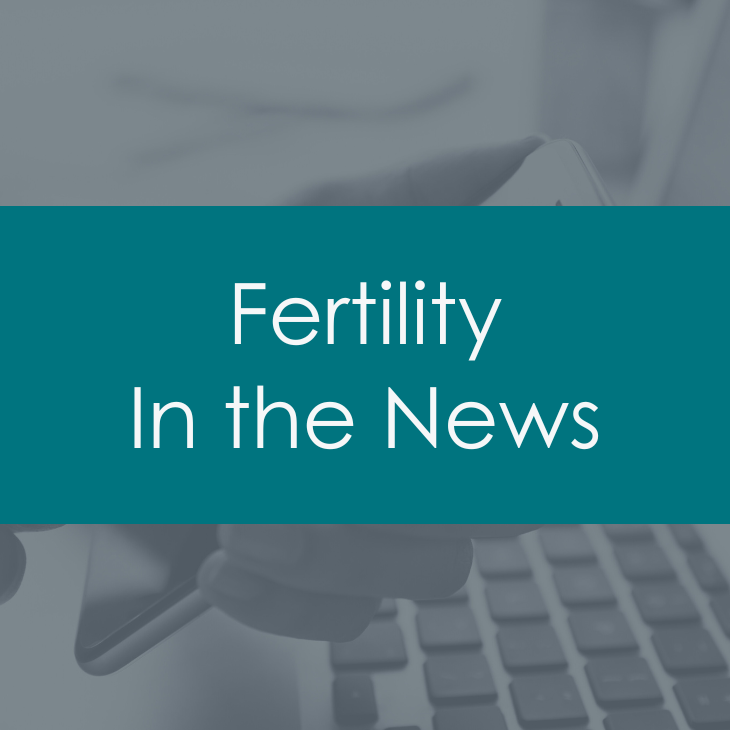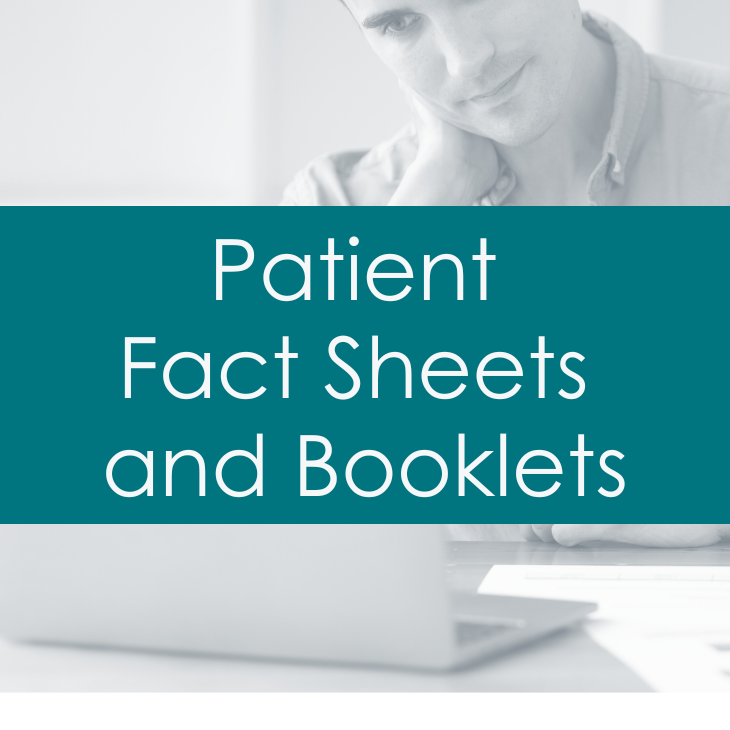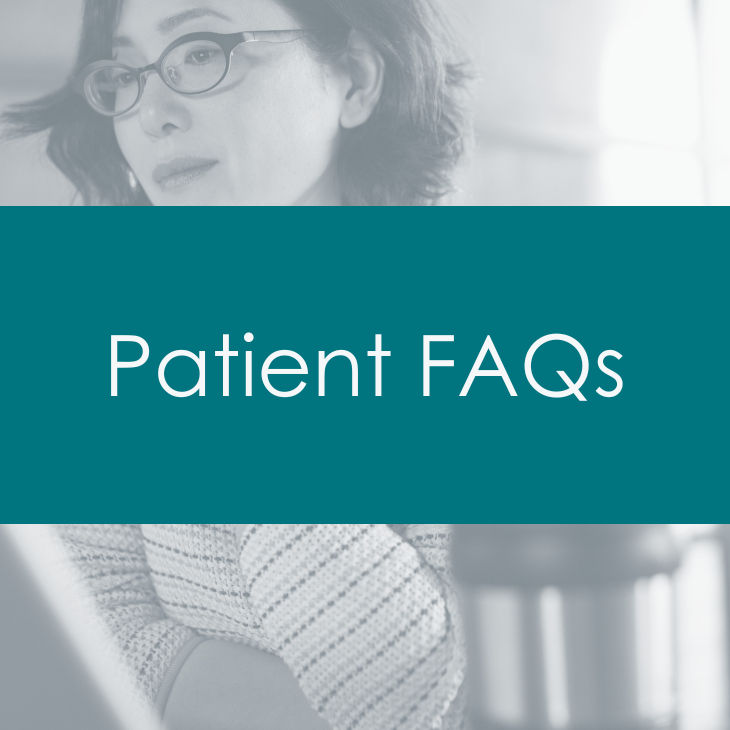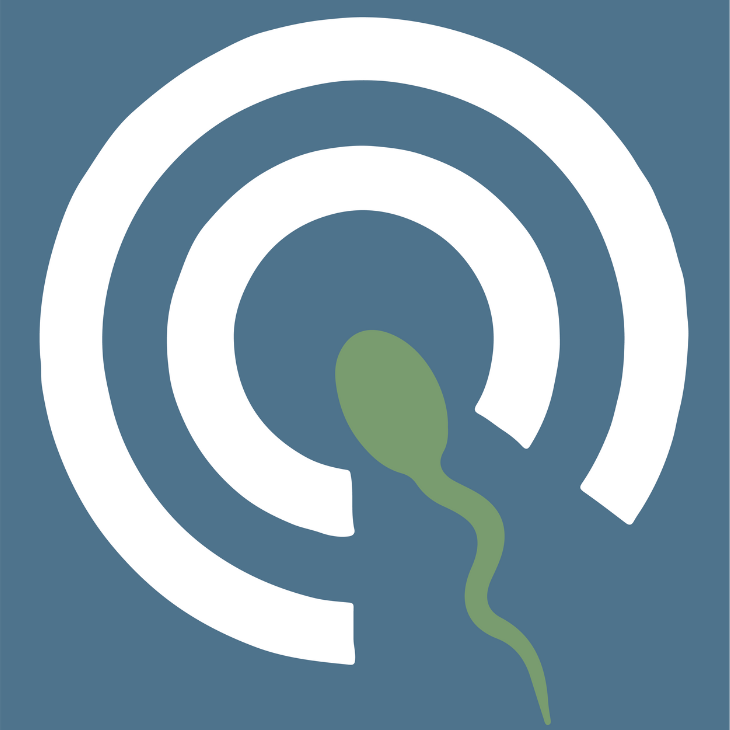Why Would I Choose to Have Elective Single-embryo Transfer (eSET)?
Revised 2015
What is elective single-embryo transfer or eSET?
Elective single-embryo transfer (eSET) is when a woman undergoing IVF chooses to have a single embryo transferred when multiple embryos are available.
Why only a single embryo?
The primary goal of eSET is to decrease the multiple pregnancy rate associated with IVF. In the United States, approximately 30% of IVF pregnancies are twin pregnancy, and another 3% to 4% result in a triplet or higher order (4 or more implanted embryos) pregnancy. Transferring more than one embryo increases the chance of having a multiple pregnancy (twins, triplets, etc.).
Why would I want to avoid having a multiple pregnancy?
Multiple pregnancy is more dangerous for the mother and the fetuses. It often leads to premature delivery. Babies born prematurely are at risk for serious short-term and long-term health problems such as cerebral palsy, long-term lung and gastrointestinal problems, and even death in the first few months of life. For more information about the risks to mothers and babies, please see the ASRM booklet titled Multiple Pregnancy and birth: twins, triplets, and high-order multiples.
Are there other ways to prevent a multiple pregnancy with IVF?
Early in pregnancy, the number of fetuses can be decreased in order to increase the chances of having a baby or babies delivered as close to full-term as possible. The procedure is called multifetal pregnancy reduction. This procedure may not be an acceptable alternative for many couples, and there are risks, including the possibility of losing the entire pregnancy. eSET reduces the chance you will have a multiple pregnancy and need to consider this procedure.
Am I a good candidate for eSET?
Only women with the best prognosis for pregnancy should be considered for eSET. Many factors contribute to a successful outcome, and eSET is usually recommended for women who:
- are younger than 35 years
- are undergoing their first assisted reproductive technology (ART) cycle
- have had a successful pregnancy in a previous ART cycle
- have a relatively large number of high-quality embryos
- have embryos available for cryopreservation (freezing to use in a later cycle)
How is the best embryo chosen?
To pick the highest-quality embryo to transfer, the laboratory grades each embryo based on its appearance. This assessment includes looking at the number and size of the cells, the rate of development, and other factors. Different grading systems are used and may vary from clinic to clinic. Systems also differ depending on whether the embryo is evaluated in the cleavage or the blastocyst stage. No method can reliably predict which embryo will produce live offspring.
Some programs are investigating new techniques for finding the best embryo, such as testing whether an embryo is genetically normal. It is not yet known if these methods will help increase pregnancy rates.
How successful is eSET?
In women considered good candidates, eSET has shown excellent pregnancy rates. There is a slight decrease in overall pregnancy rates after eSET because it is sometimes offered to women who are not good candidates for eSET (for instance, patients who have not succeeded in getting pregnant with IVF in the past and/or patients older than 35 years). However, freezing extra embryos and transferring in later cycles can give a comparable pregnancy rate without the risks associated with twinning. The benefit in choosing eSET is a dramatic drop in multiple pregnancy rates—overall, twin rates after eSET are around 1%-2%.
Whether to use eSET is a decision each patient should make after talking with her reproductive health professional. The patient should discuss her concerns and ask for clinic-specific success rates with eSET to assist in the final decision making.
Fact Sheets/Booklets
View more fact sheets and booklets written by the ASRM Patient Education Committee.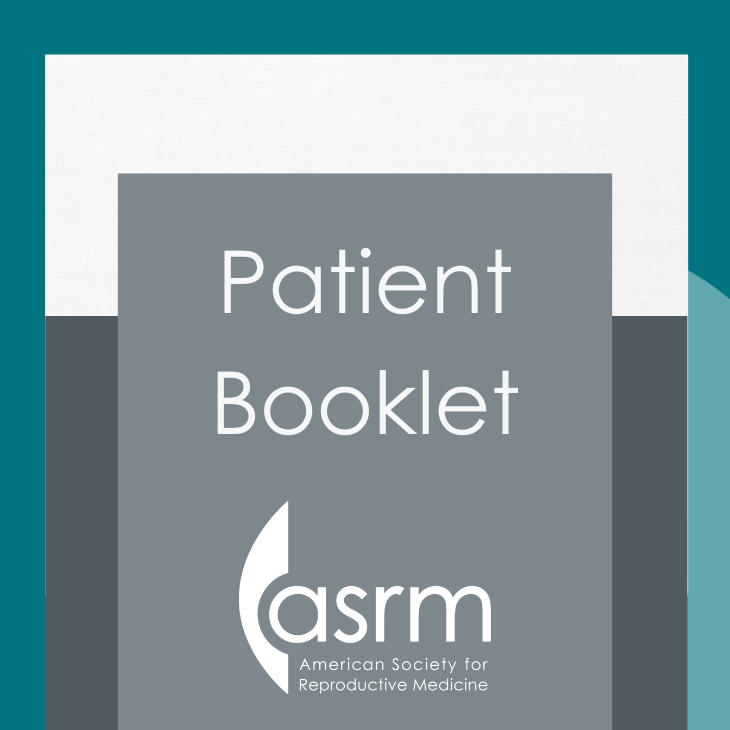
Assisted Reproductive Technologies (booklet)
This booklet will help you understand in vitro fertilization (IVF) and other assisted reproductive technology (ART) that have become accepted medical treatments for infertility.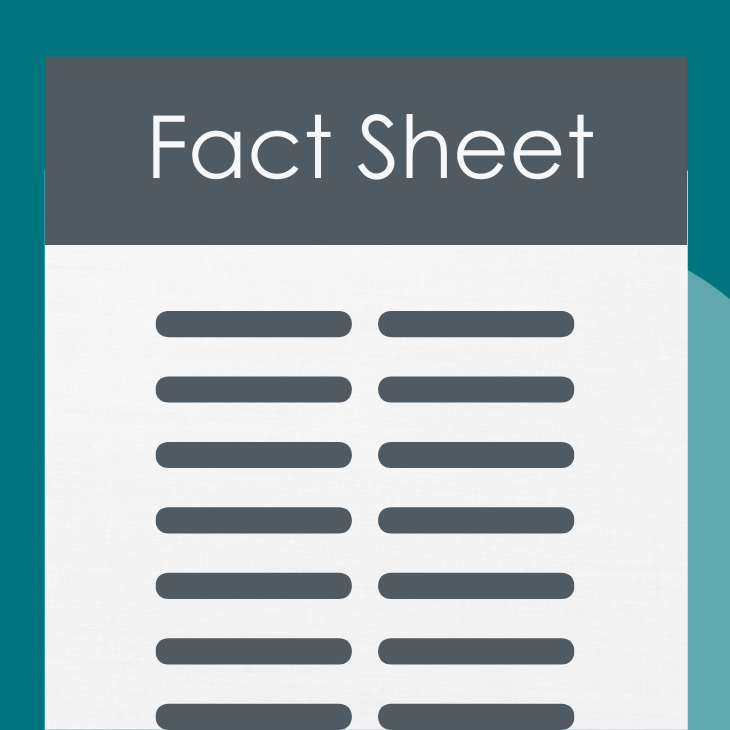
Hormonal Contraception
Hormonal contraceptives contain a progestin (progesterone medicine) with or without an estrogen.
What do I need to know about Zika virus and trying to have a baby?
Common symptoms include fever, rash, joint pain, conjunctivitis (red eyes), muscle pain, and headache.
Third-Party Reproduction
The phrase “third-party reproduction” refers to involving someone other than the individual or couple that plans to raise the child (intended parent[s]) in the process of reproduction.Multiple Births or Multiple Gestation
Find a Health Professional


